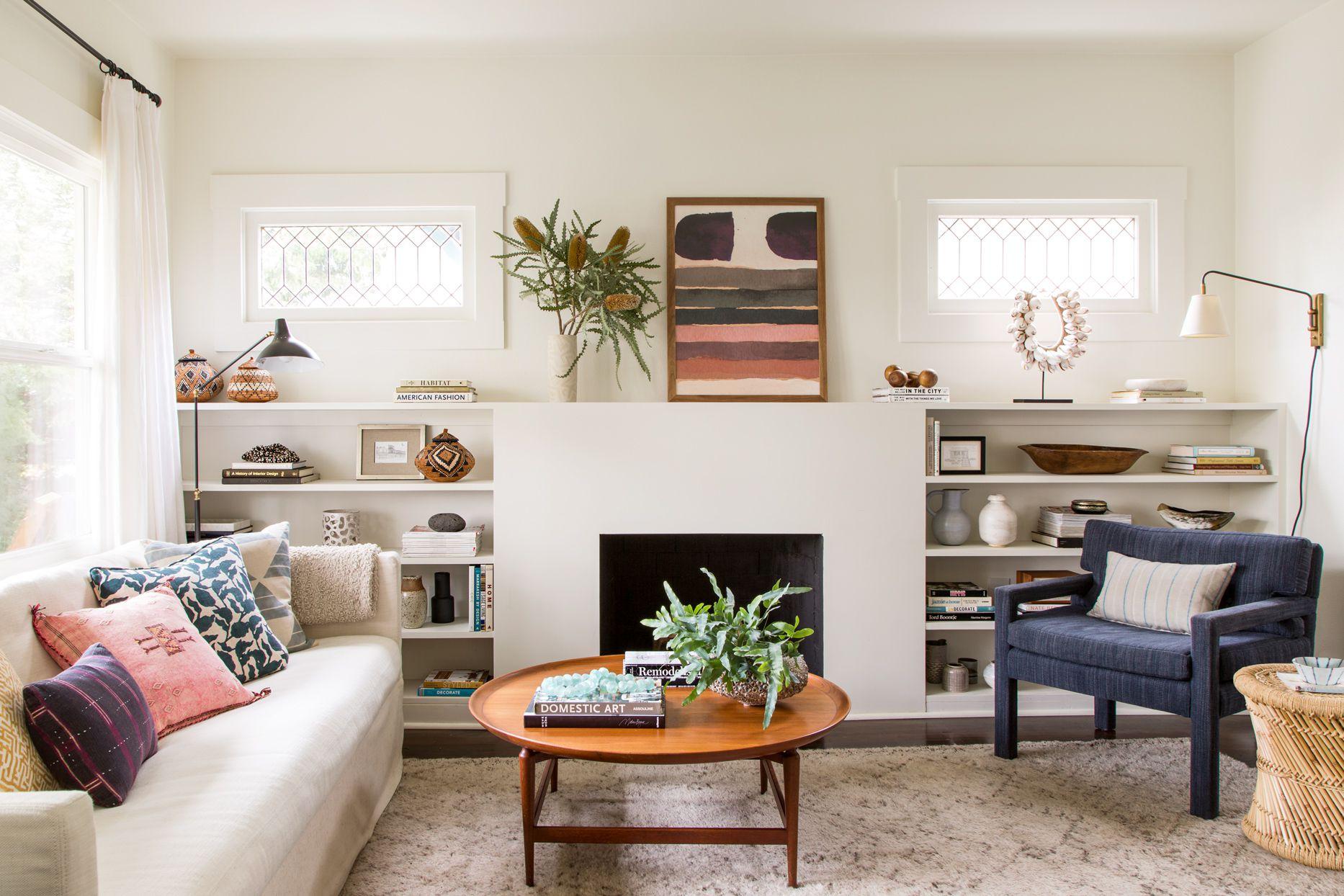Introduction
When you walk into a beautiful home, office, or restaurant and feel immediately impressed by the colors, furniture, lighting, and space arrangement, chances are that space was crafted by an interior designer . But who exactly is an interior designer, and what do they really do?
In simple words, an interior designer is a creative professional who plans, designs, and decorates interior spaces to make them functional, safe, and visually appealing. From choosing the right color palette to deciding where the furniture goes, they transform ordinary spaces into stunning environments tailored to the needs and lifestyle of the people who use them.
Whether you're thinking of hiring one, becoming one, or just curious about the field, this article will give you a simple yet detailed overview of the world of interior design.
What Does an Interior Designer Actually Do?
The role of an interior designer goes far beyond picking out paint colors or hanging up artwork. Here are some key responsibilities:
-
Understanding Client Needs
The first step for any interior designer is to meet with the client and understand their goals. This includes the purpose of the space, the client's style preferences, budget, and any specific functional needs. -
Space Planning
Interior designers are experts in space planning. They make sure every inch of space is used wisely, from optimizing traffic flow to ensure proper lighting and ventilation. -
Creating Design Concepts
They create mood boards, sketches, and digital mockups to show the client how the space will look once completed. This might involve colors, textures, materials, and furniture styles. -
Selecting Materials and Furniture
From flooring and curtains to sofas and lighting, the interior designer selects all the components that will go into the space. -
Coordinating with Contractors
They work closely with architects, electricians, painters, and furniture makers to ensure that the design plan is executed smoothly. -
Staying on Budget and Schedule
Managing the project within the client's budget and deadline is a big part of the job. A good designer balances beauty with practicality.
Residential vs. Commercial Interior Design
Interior designers often specialize in different areas:
-
Residential Design: Focuses on homes, apartments, villas, and personal spaces. Designers here prioritize comfort, family needs, and personalized aesthetics.
-
Commercial Design: Involves offices, restaurants, hotels, retail stores, and more. The focus is on functionality, brand identity, and maximizing space usage for business needs.
Both fields require creativity and technical skill, but the goals and client expectations can differ significantly.
Skills Every Interior Designer Needs
To succeed in this competitive and creative field, interior designers need a blend of artistic and practical skills:
-
Creativity: The ability to think visually and bring fresh, appealing ideas to life.
-
Attention to Detail: Small elements like lighting, trim, and materials make a big difference.
-
Technical Knowledge: Understanding building codes, safety regulations, and basic architecture.
-
Communication Skills: Working with clients and contractors requires strong interpersonal skills.
-
Problem-Solving: Every project comes with challenges. The designer must offer smart, timely solutions.
How to Become an Interior Designer
Becoming a professional interior designer usually requires the following steps:
-
Get Educated
Many designers earn a degree in interior design or a related field. Courses cover design principles, architecture, CAD software, color theory, and more. -
Build a Portfolio
A strong portfolio showcasing your design work is essential. This can include school projects, freelance work, or personal redesigns. -
Gain Experience
Internships and entry-level jobs with design firms offer valuable hands-on experience. -
Get Certified (Optional)
Some regions require licensing or certification. In the U.S., for example, passing the NCIDQ (National Council for Interior Design Qualification) exam is common. -
Keep Learning
Trends in interior design change constantly. Successful designers stay updated on materials, technologies, and styles.
Interior Design Trends in 2025
Design trends evolve every year. Here are a few popular interior design trends for 2025:
-
Sustainable Materials : Eco-friendly designs using bamboo, recycled wood, and organic fabrics.
-
Biophilic Design : Incorporating natural elements like plants, water features, and sunlight.
-
Smart Homes : Integration of technology for lighting, climate control, and security.
-
Minimalism : Clean lines, clutter-free spaces, and neutral color palettes.
-
Bold Accents : Pops of color, geometric patterns, and statement furniture pieces.
A good interior designer knows how to balance current trends with timeless design to create lasting results.
Why Hire an Interior Designer?
Many people think hiring an interior designer is only for the rich, but that's not true. Here's why hiring a professional can actually save you time and money:
-
Avoid Expensive Mistakes : Designers help you make smart choices from the start.
-
Access to Unique Resources : They have access to furniture, materials, and products not available to the general public.
-
Increased Property Value : A well-designed space can boost your home's resale value.
-
Stress-Free Process : They handle the planning, shopping, and managing of contractors, so you don't have to.
Final Thoughts
An interior designer is more than someone with a good eye for color. They are trained professionals who blend art and science to improve how we experience spaces. Whether it's designing a cozy bedroom, an elegant restaurant, or a productive office, their goal is to enhance our daily lives through thoughtful design.
In a world where people are spending more time at home and valuing personalized experiences, interior designers are more important than ever. If you're dreaming of transforming your space, hiring the right interior designer can turn that dream into reality.



